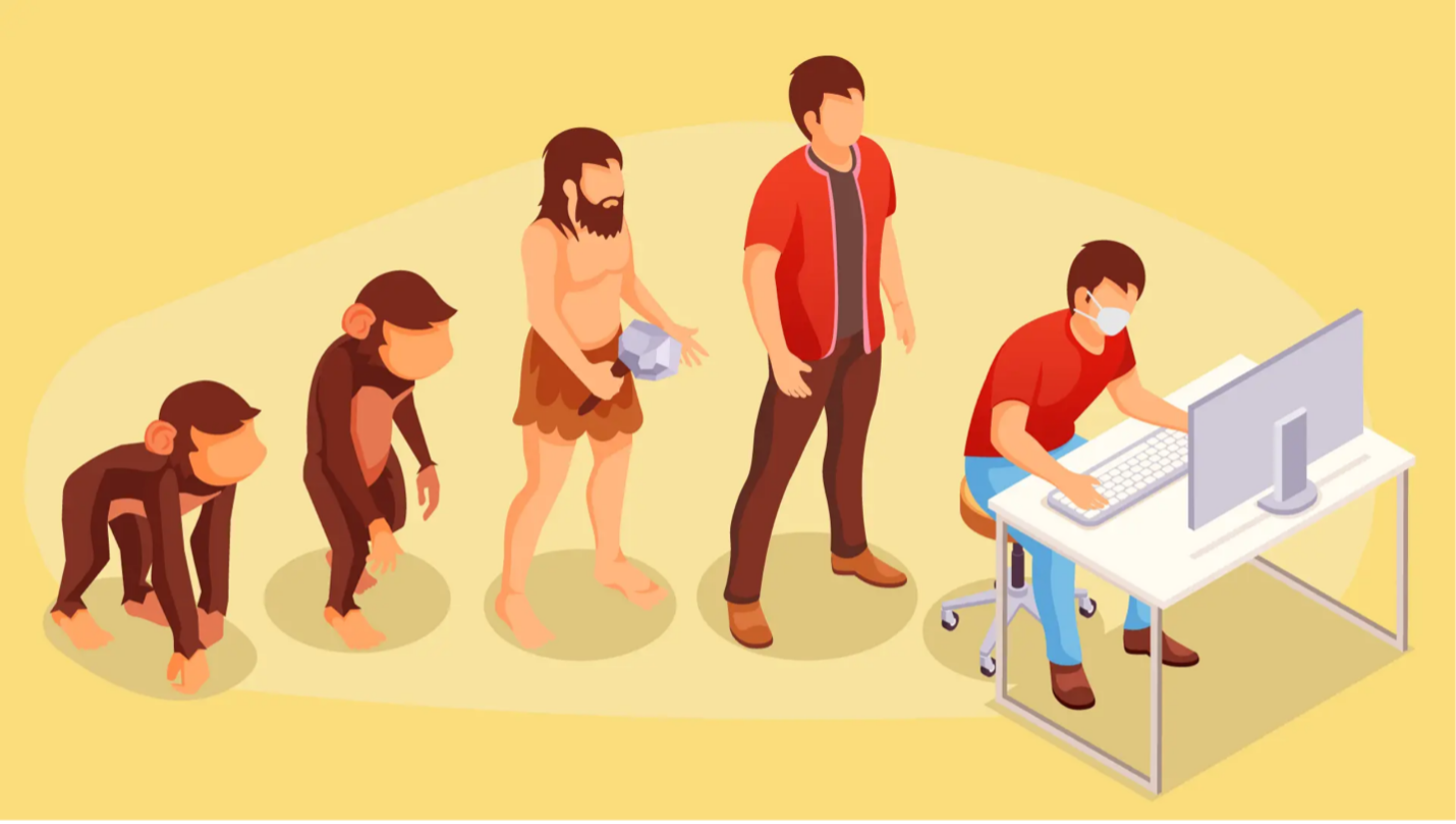
The modern economy relies heavily on nonrenewable fossil fuels, which result in greenhouse gas emissions. Humanity’s challenge is to stop this addiction and decarbonize the economy. The bioeconomy, which uses modern technologies to produce alternative energy sources and sequester carbon, will play an important role in decarbonization, improving food security and preserving biodiversity. The realization that we can expand the range of products we produce from natural resources like soil and water beyond food, fisheries, and forest products results from increased capabilities, resulting in new knowledge and technological capabilities. The discovery of DNA, the dramatic increase in computational capabilities, and modern information infrastructure suggest increased capabilities to produce more food on a given amount of land and provide new options to produce energy and sequester carbon. However, at present, we speak about potential. We realize we can do more. Scientific research has provided many leads and has led to discoveries that may “change the world,” but we haven’t done it yet.
Before a new technology paradigm is established, there is a sorting out of alternative approaches that results in a few solutions that are scaled up, commercialized, and adopted. I remember that in the 1970s, people spoke about “personal computers,” and many vendors and products were adopted on a limited scale. But then, the Apple computer emerged, followed by the IBM PC, and they ushered in a new paradigm. The COVID-19 pandemic provided another example. For an initial period, we needed to rely on social distancing and extreme care to protect ourselves against the virus while searching for a solution. But then vaccines were developed, major infrastructures for their production and distribution were established, and since then, we have learned how to live with COVID-19 reasonably well. Thus, before a solution emerged, we must sort out among the technologies, identify those that are most appropriate in terms of their efficacy and economic cost, and then scaling these technologies up by building the supply chain to produce and distribute them.

Credit: Maryland Today
The fast discovery and utilization of vaccines during the pandemic was a major achievement that provides multiple lessons. First, there was a base of knowledge that we could rely on. Molecular and cell biology developed tools that allowed us to identify the properties of vaccines that would neutralize the virus, and the mRNA technology was already established and ready to go. Scientific feasibility wasn’t sufficient for the fast development and deployment of the vaccine–the urgency led to removing regulatory barriers and establishing a fast regulatory path. It also led to the provision of financial resources that incentivized private companies to invest in the scale-up of new technologies, even though the viability of these technologies might have been uncertain. But even when the vaccine was available, its adoption was gradual, and developing infrastructure for its distribution and marketing (convincing the public to be vaccinated) was crucial.
While the challenge of decarbonization may seem daunting, we must tackle it with the same determination we showed when controlling the virus. Just as we invested in developing vaccines and establishing infrastructure for their production and distribution, we must now invest in developing multiple options for decarbonization. Removing excessive regulatory barriers will enable us to accelerate discovery, increase the number of technological options, and expand the commercialization of viable ones. Provision of financial support for research, development and scale-up, and initial commercialization will lead to the emergence of bioeconomy-based solutions to climate change. There are multiple avenues to achieve decarbonization, and popular avenues include electrification with solar, wind, and hydropower. A second avenue is increasing the input-use efficiency of existing technologies, allowing us to do more with less. A third avenue is conservation through reduced consumption. A fourth avenue is the storage of carbon in the ground. Each of these technologies has its benefits and limitations; reduction in consumption, for example, in energy, may be appropriate for the developed but not the developing world. I expect increased consumption per capita in developing countries. One approach with immense potential is the bioeconomy that I mentioned before, where we use life science and living organisms to produce more than food and fiber. The introduction of solutions using each of these avenues, especially the bioeconomy, requires a better understanding of the upscaling processes. Namely, how do you accelerate the development of an innovation from a discovery? How do you move effectively from a prototype in the lab to large-scale production processes? How do you adapt innovation to consumer needs in different locations and induce consumer adoption? This calls for the establishment of synergistic supply chains of innovation that move from an idea to an implementable innovation and supply chain of products that produce and distribute the product. The interaction between innovation and production processes should be continuous, reflecting continuous learning, both basic science and consumer demand and need.
While we have upscaled technologies for millennia, there is a need for further understanding of the process and development of alternative approaches for upscaling that will apply to diverse technologies and require a combination of decision-making, rules, and management strategies. Development of better upscaling strategies will require testing different approaches with different technologies. Improved upscaling strategies will be especially important as we develop the bioeconomy and consider multiple approaches for decarbonization based on multiple scientific approaches. Because of the heterogeneity of living systems, different approaches will be appropriate for different locations, and upscaling strategies that will help us determine what to develop, where, and when will be very valuable for addressing the challenge of climate change.

